As summer comes to a close, students are back in school and all of us are spending more time indoors. Time to spruce up our homes with houseplants. Whether you have a home office, small desk for studying or just a chair where you like to read, adding a few houseplants to clean the air and bring a touch of nature inside is a great idea. There are plants that thrive with little care and are 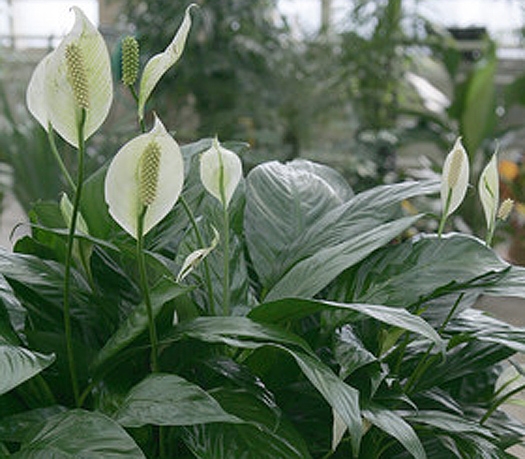 I know, my house is quite dark and my plants are happy and healthy.
I know, my house is quite dark and my plants are happy and healthy.
Plain green leafy types do best where the light is low. My favorite upright plants include schefflera, Hawaiian arboricola, philodendrons like selloum and split-leafed, Chinese evergreen, spathiphyllum (peace lily),cast iron plant (aspidistra), parlor palm, snake plant and ferns . They are native to the jungle understory, under the canopy, and grow naturally in low-light areas. Hanging plants that I grow in these same conditions are heart-shaped philodrendron, pathos, and grape ivy.
Many common houseplants help fight pollution indoors. They’re reportedly able to scrub significant amounts of harmful gases out of the air, through the everyday processes of photosynthesis. Some pollutants are also absorbed and rendered harmless in the soil. Plant physiologists already knew that plants absorb carbon dioxide and release oxygen as part of the photosynthetic process. Researchers have found many common houseplants absorb benzene, formaldehyde and trichloroethylene, as well.
Most of the plants evolved in tropical or sub-tropical forests, where they received light filtered through the branches of taller trees. Because of this, their leaf composition allows them to photosynthesize efficiently under relatively low light conditions, which in turn allows them to process gasses in the air efficiently.
Some houseplants are better at removing formaldehyde from the air, while others do a better job on benzene; none is much help when it comes to tobacco smoke. But there are enough known plants that do a good job of removing pollutants from the air we breathe to cause us to view houseplants as more than just an attractive feature to decorate our homes.
One is the common succulent, Aloe vera (now renamed Aloe barbadensis), also known as "medicine plant." Many people already have one in a bright kitchen window because of the soothing, healing properties its viscous inner tissue has on burns, bites and skin irritations.
Soil and roots were also found to play an important role in removing air-borne pollutants. Micro-organisms in the soil become more adept at using trace amounts of these materials as a food source, as they were exposed to them for longer periods of time. Their effectiveness is increased if lower leaves that cover the soil surface are removed, so there is as much soil contact with the air as possible.
NASA studies generated the recommendation that you use 15 to 18 good-sized houseplants in 6 to 8-inch diameter containers to improve air quality in an average 1,800 square foot house. The more vigorously they grow, the better job they’ll do for you.
The best indoor pollution fighters are:
* Hedera helix – English ivy
* Chlorophytum comosum – spider plant
* Epipiremnum aureum – golden pothos
* Spathiphyllum `Mauna Loa’ – peace lily
* Aglaonema modestum – Chinese evergreen
* Chamaedorea sefritzii – bamboo or reed palm
* Sansevieria trifasciata – snake plant
* Philodendron scandens `oxycardium’ – heartleaf philodendron
* Philodendron selloum – selloum philodendron
* Philodendron domesticum – elephant ear philodendron
* Dracaena marginata – red-edged dracaena
* Dracaena fragrans `Massangeana’ – cornstalk dracaena
* Dracaena deremensis `Janet Craig’ -Janet Craig dracaena
* Dracaena deremensis `Warneckii’ – Warneck dracaena
* Ficus benjamina – weeping fig

.jpg) ck berries are edible although the seeds are bitter. To get a taste of the fruit, though, you’ll have to compete with the birds. Chapparal currant is another tough reliable shrub that blooms early and often, flowering from December through March. The pendulous flower clusters are 2-6 inches long and range in color from dusty pink to rose red.
ck berries are edible although the seeds are bitter. To get a taste of the fruit, though, you’ll have to compete with the birds. Chapparal currant is another tough reliable shrub that blooms early and often, flowering from December through March. The pendulous flower clusters are 2-6 inches long and range in color from dusty pink to rose red.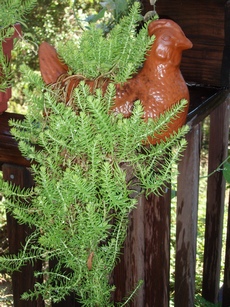 ost sophisticated of all hardy container designs is to plant a skim of sedum across the surface of a shallow container. There are so many to choose from Then leave it alone to grow and drip down the sides.
ost sophisticated of all hardy container designs is to plant a skim of sedum across the surface of a shallow container. There are so many to choose from Then leave it alone to grow and drip down the sides.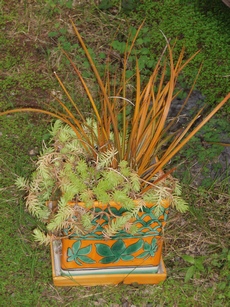
.jpg) l centers. This series also comes in bicolor rose and lavender shades which are equally showy. They really light up the shade garden.
l centers. This series also comes in bicolor rose and lavender shades which are equally showy. They really light up the shade garden.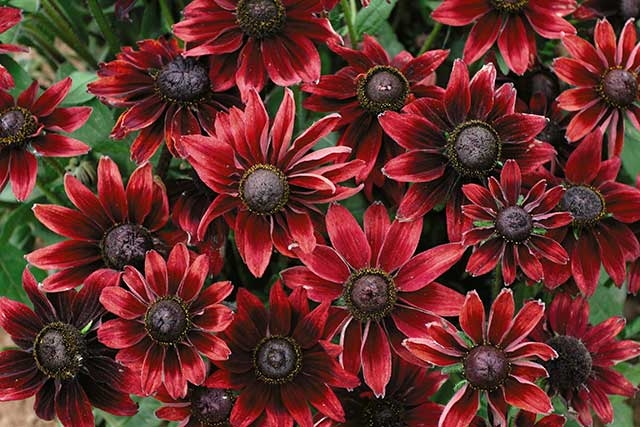
 voice is coming from. Deciding she wants no more of the talking fuchsia she rambles on followed by her little one.
voice is coming from. Deciding she wants no more of the talking fuchsia she rambles on followed by her little one. 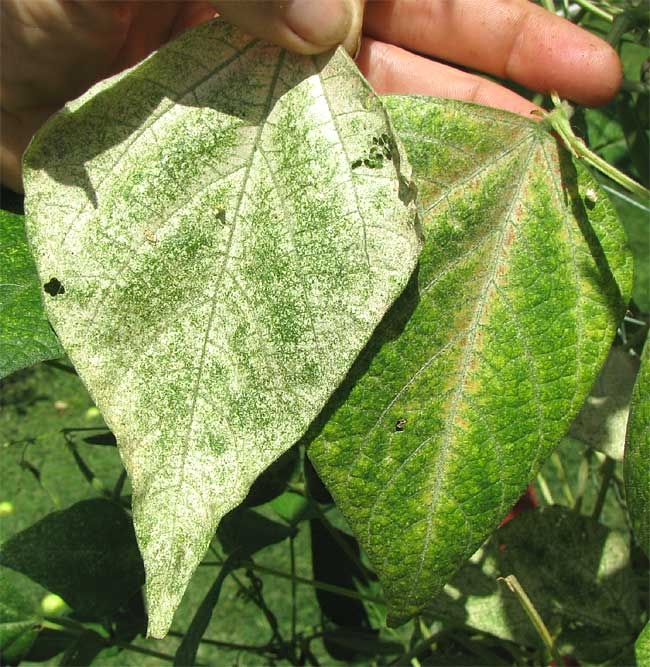 thrive during dry weather and their populations can get out of hand by August.
thrive during dry weather and their populations can get out of hand by August.